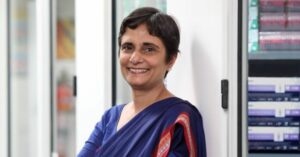#CoronaWarrior: This Monk’s Free Hospital Is Helping Ladakh Battle COVID-19
“I would also like to issue my gratitude to those battling this epidemic. They have been away from families, working with an unwavering sense of duty,” says Lama Thupstan Chogyal, who runs the Ladakh Heart Foundation Hospital

Nearly three weeks ago, unable to house multiple suspected cases of COVID-19 at the state-run Sonam Norboo Memorial Hospital, the Leh district administration reached out to the Ladakh Heart Foundation (LHF), a non-profit founded by 49-year-old Buddhist monk Lama Thupstan Chogyal, who runs a free hospital nearly 8 km away from the main town.
Thus far, the cold desert has recorded 13 positive cases—2 from Kargil district and 11 from Leh district. Of these cases, 10 are from the Chuchot area near Leh town.
“We agreed to cooperate with whatever the administration required of us. A couple of days after I was first notified of this requirement for our hospital and facilities, I received a call about a patient they were bringing in. Since this is a free hospital with volunteer doctors and nurses, we requested the local administration to deploy some of their medical staff with us as well to monitor suspected cases here. The administration agreed, saying that all they needed was the hospital and its facilities,” he says, speaking to The Better India.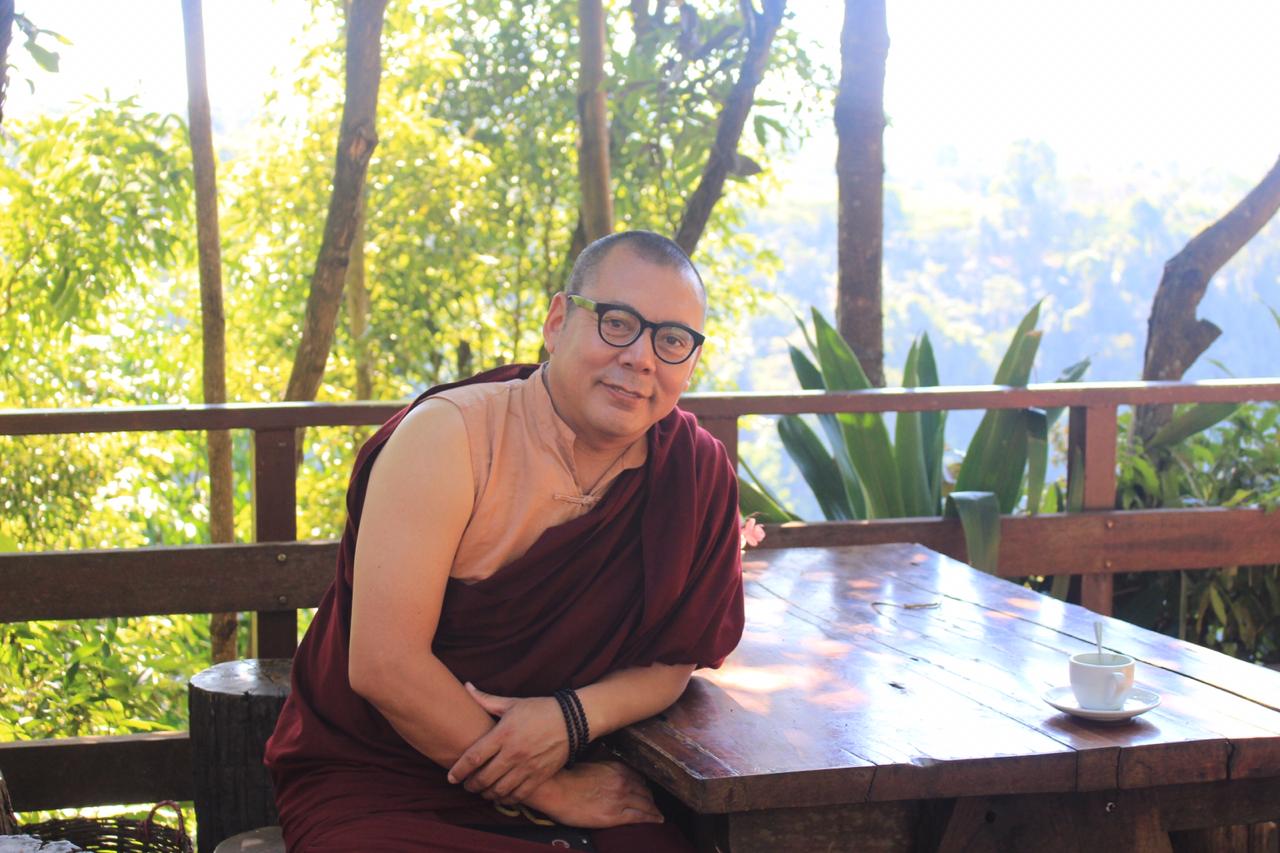
The hospital has thus far admitted a couple suspected patients. Once a patient tests positive, they are shifted to a government-run medical facility for treatment.
Despite lack of single rooms, Chogyal’s hospital is helping the administration quarantine suspected cases as much as they possibly can.
“We are helping our doctors, nurses, cleaners and ambulance drivers in whatever capacity so that they can perform their duties without fear. I am at the hospital 24/7 to help the local administration in whatever capacity. Physically, Leh is sparsely populated, and the villages are quite spread out and set apart. Thus, it’s easier to manage a containment. The first cases in Chuchot, who were pilgrims returning from Iran, had spread the infection to their relatives. I want to ensure that it doesn’t spread further,” he says.
For Chogyal, the hardest part of the entire episode has been seeing young children under quarantine.
“My heart fell seeing these children there, fearing what would happen to them. Unlike adults, these kids also don’t know what’s happening to them but are confined to a room. At their age, these children should be out playing instead of being confined in rooms. I couldn’t sleep properly for more than a week thinking about their plight,” he recalls.
“It is worth appreciating LHF’s contribution in providing its facility to the administration. This comes as a great relief to the health department because it will drastically reduce the possibility of the infection spreading to other patients and regular hospital staff at the general hospital, where they are also dealing with a large number of routine patients. Having a separate facility to treat patients suspected of COVID-19 is highly needed. So, I think the director of the hospital has taken an exemplary decision worth appreciating,” says Dr Nordan Otzer, an ENT specialist from Nubra and local activist, speaking to The Better India.
Nonetheless, the LHF’s assistance to the district administration in handling the COVID-19 epidemic is only the latest in its exceptional service to the region.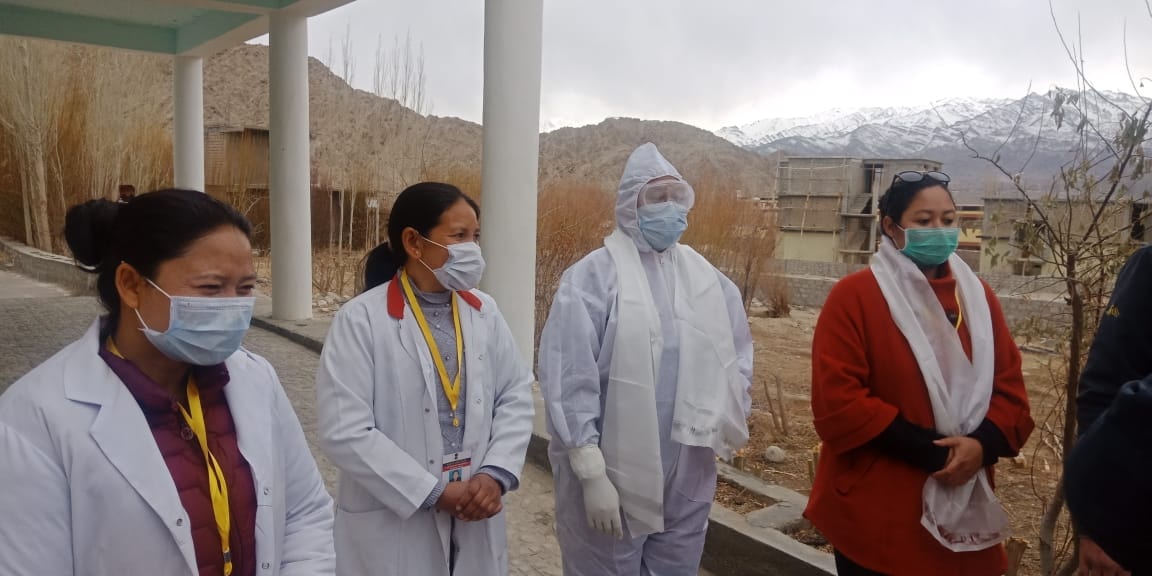
Early Days & LHF
Born and raised in Spituk village near Leh, Chogyal comes from a family which has practised traditional medicine for generations. However, his heart was set on becoming a monk.
He studied at the local Spituk monastery for a few years, followed by a monastery in Karnataka for a few years, and eventually headed to the Namgyal Monastery in Dharamshala. Following his stint there, he left for South Korea to study the Korean language and Zen Buddhism. After that what ensued was a short academic stint in the United Kingdom on scholarship, which was cut short because he had begun work on the LHF in 1997 following a life-changing visit to Delhi.
What triggered him was the sight of many sick patients, particularly young children, struggling with rheumatic heart disease (RHD) at the Ladakh Buddhist Vihara in the Civil Lines area of Delhi. They were seeking treatment in the national capital. It’s a sight that left him disturbed, and upon returning home, he spoke to a local physician asking him if there was any way of curing it.
“The doctor told me that these patients needed penicillin, large quantities of distilled water and syringes. I reached out to the local health department, asking them to place an order for the same and that I would arrange the necessary funds. Spending nearly Rs 26,000, I bought penicillin and other material that was distributed in nearby villages. In addition, I had requested the local health department to help conduct a proper awareness campaign around RHD in remote villages so that it could be diagnosed/treated early,” he recalls.
Next on his checklist was an ambulance that could help in the process of conducting awareness campaigns. He reached out to his friends settled abroad, and with their help, was able to procure one. Chogyal registered LHF Society towards the end of 1997, and thanks to its work in recent years, new cases of RHD have almost disappeared in Ladakh.
“See, every six months, these patients had to visit Delhi for treatment, which adds to the cost of treatment. I visited Delhi, reached out to dedicated physicians like Dr Sampath Kumar, who was then a professor of cardiothoracic surgery and requested them to come here and treat patients. My foundation promised to handle all their travel and accommodation expenses. Dr Kumar, who was a former heart surgeon at AIIMS, arrived in Leh the following year in 1998,” says Chogyal.
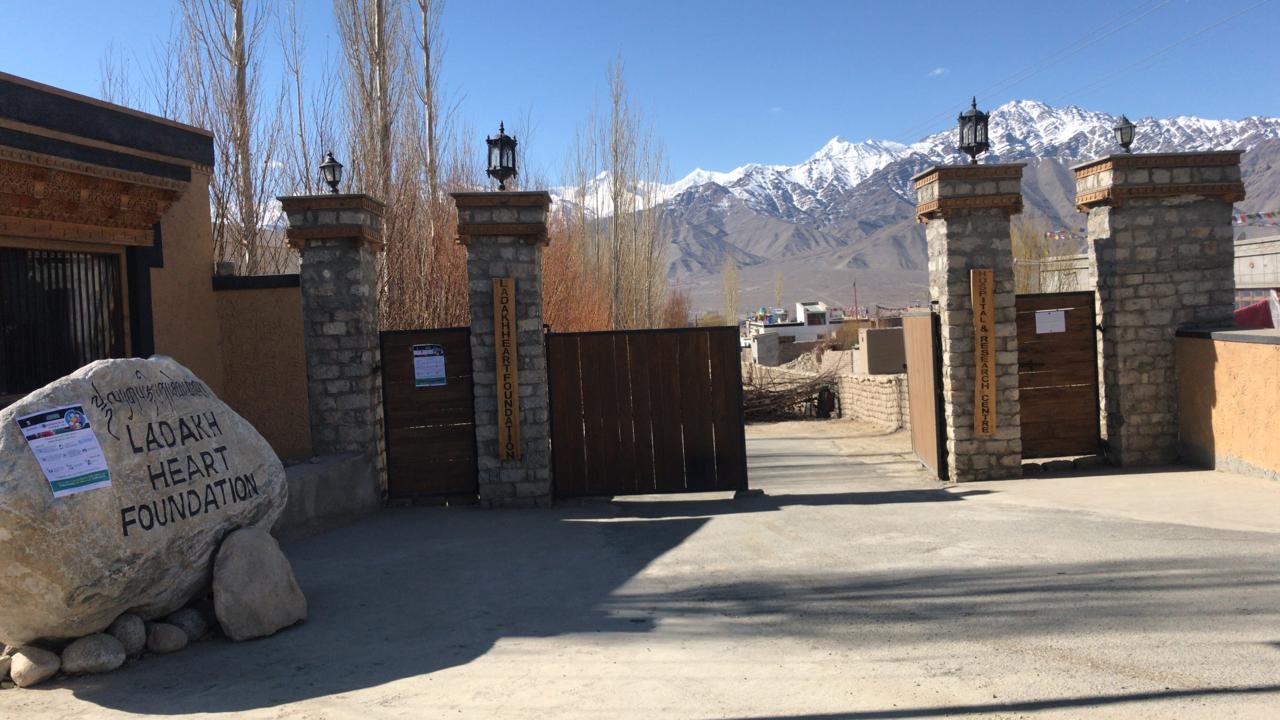
To conduct the medical camp, LHF reached out to the local Army hospital, since at the time, the SNM Hospital at the time didn’t have an Echo Machine. They conducted these camps until 2004 when Dr Kumar and Chogyal went to Delhi and procured it.
However, Chogyal was also advised to set up a small hospital instead of depending on others for a medical facility. So, he reached out to the local Hill Council administration and requested them for some land on which they would construct the hospital. Following another crowdfunding process, the LHF began construction of the hospital in 2002, which was eventually completed with all facilities by 2007.
“Thus far, we have conducted over 300 heart surgeries, besides plastic surgeries and other procedures like treatment for cervical cancer, amongst others. We have also conducted multiple outreach, awareness and education programmes across remote villages in Ladakh on subjects ranging from high altitude-related illnesses, and cervical cancer screening,” he says.
Every month, LHF receives 500-700 patients, who are treated by some of Ladakh’s best doctors like Dr Tsering Landol and Dr Tsering Norbu, both of whom have been awarded the Padma Shri. They have around four doctors who regularly work voluntarily, and a couple of nurses as well.
“[We have been] organizing health camps in rural parts of Ladakh, focused on heart diseases inviting cardiologists from the premier All India Institute of Medical Sciences (AIIMS) since 1998…And precisely because our medical conditions are unique in the world, we have taken on the challenge of documenting them and sharing them with the rest of the medical community. We achieve this by generating alliances with medical researchers from other parts of the world, to translate our observations into medical reports that can complement the existing literature. We conduct research on hypoxia, other high altitude health problems, cervical cancer and screening, among other areas,” says the LHF website.
Focus on COVID-19 and moving forward
“At this present moment, however, we have suspended all outreach programs because of COVID-19. We have also shut down our OPD because a lot of our patients are pregnant women, who come to see Dr Landol, the Padma Bhushan award-winning gynaecologist. Our focus is on managing the COVID-19 epidemic in Ladakh for the time being,” he argues.
Despite all the fear and panic that COVID-19 has created, Chogyal believes that such an epidemic holds valuable lessons for Ladakh.
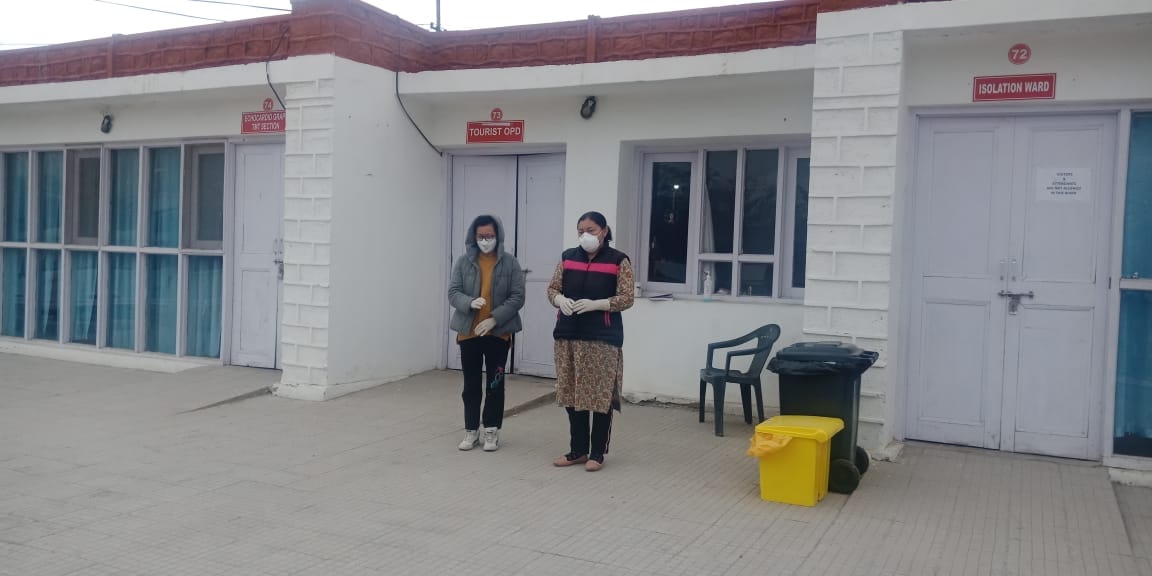
“The current situation has given me an insight into how to better prepare for epidemics from the necessary equipment required, the additional number of individual rooms we need for patients, the work that goes into isolating and treating patients, and the rigorous process of disinfecting hospital rooms. However, I would also like to issue my gratitude to those battling on the frontlines of this epidemic—doctors, nurses, hospital cleaners, ambulance drivers, police personnel and airport/airline staff as well. They have been away from their families, fighting this battle with an unwavering sense of duty,” he concludes.
Also Read: Should I Ask My Domestic Help to Stay at Home? Here are all Your Doubts Answered
(Edited by Gayatri Mishra)
Like this story? Or have something to share? Write to us: [email protected], or connect with us on Facebook and Twitter.
This story made me
- 97
- 121
- 89
- 167
Tell Us More
We bring stories straight from the heart of India, to inspire millions and create a wave of impact. Our positive movement is growing bigger everyday, and we would love for you to join it.
Please contribute whatever you can, every little penny helps our team in bringing you more stories that support dreams and spread hope.







